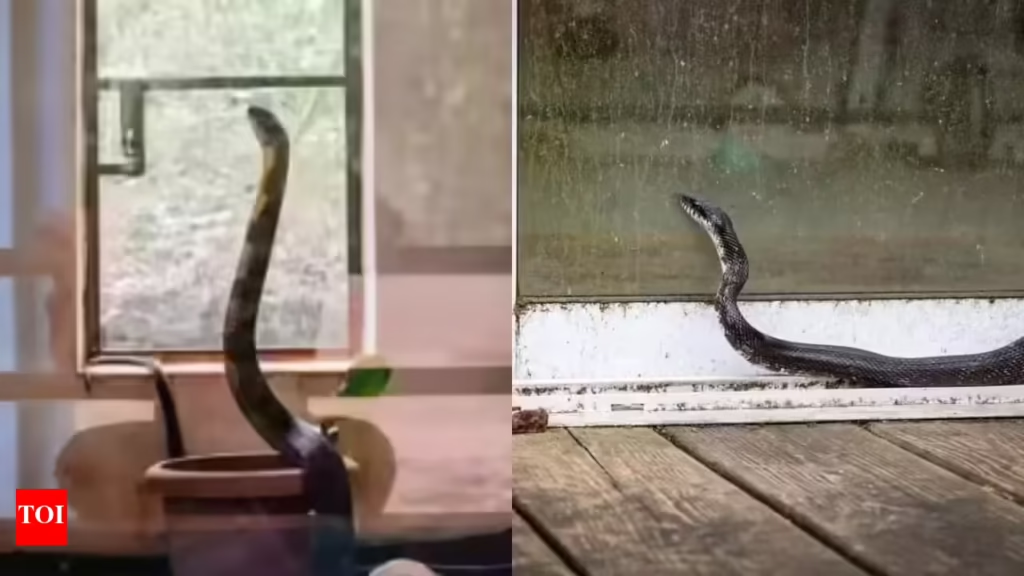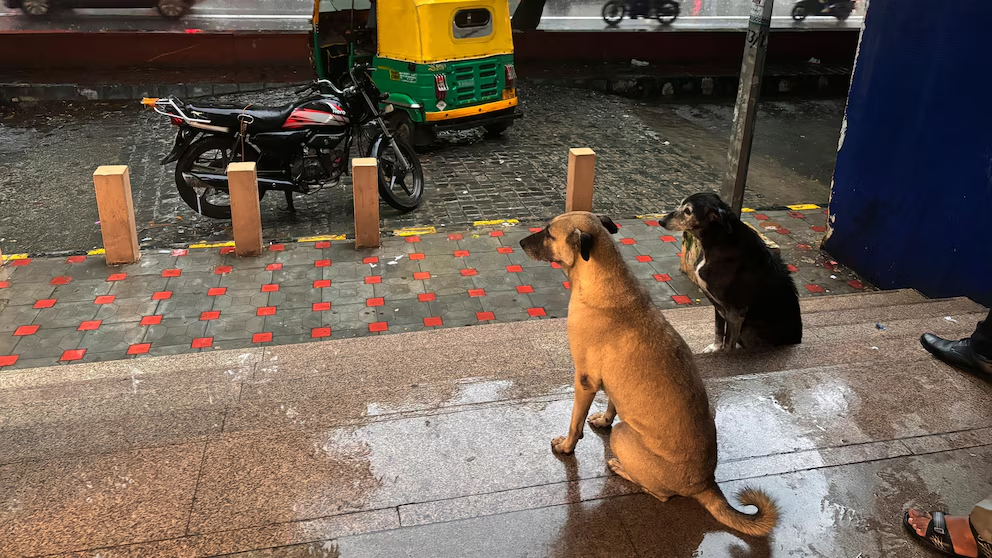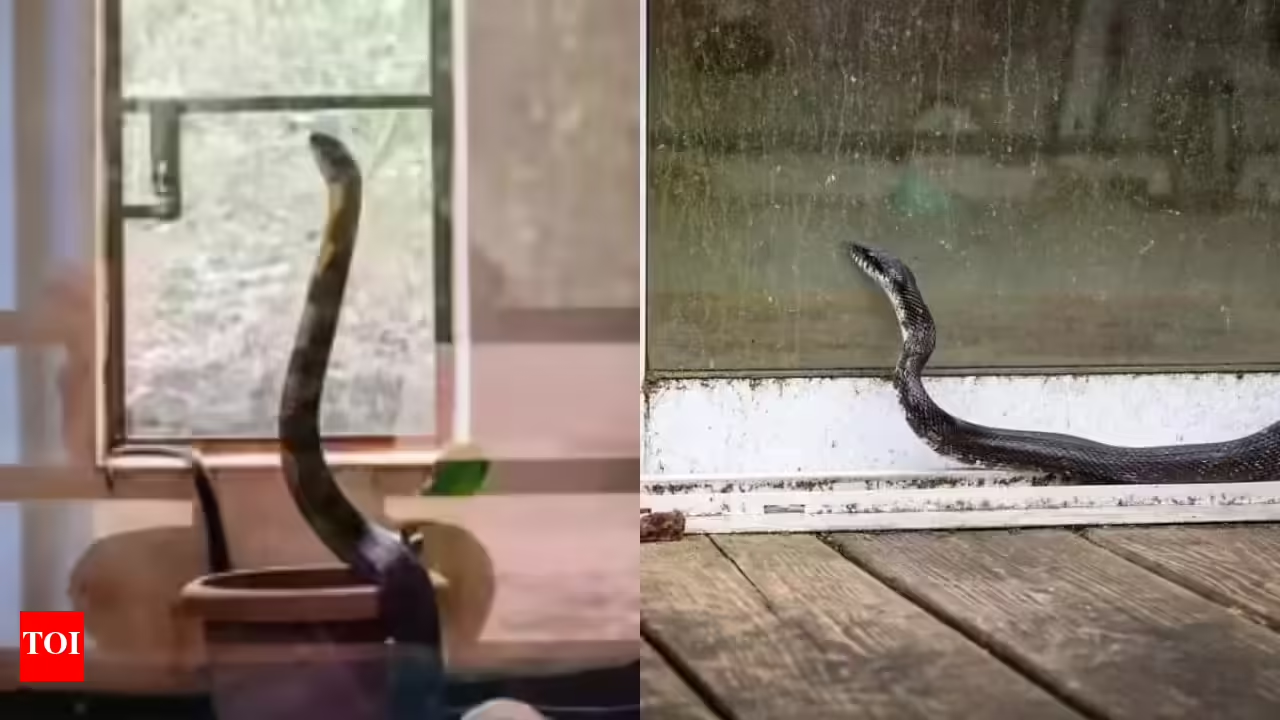Introduction
Delhi is experiencing an alarming rise in snake sightings during the monsoon season. From government bungalows to resettlement colonies, snakes are showing up in stairwells, parking lots, storerooms, and even inside homes. Understanding the underlying reasons and following preventive measures is essential for both public safety and ecological harmony.Monsoon Snake Surge in Delhi
Why Are Snakes Emerging in Urban Spaces?
1.Shrinking Habitats Due to Urban Expansion

Rapid urban development has reduced green spaces that traditionally sheltered snakes. Destruction of forests, open grounds, and undergrowth has forced these reptiles to seek refuge in human-inhabited areas.
2.Monsoon Patterns and Breeding Behavior Monsoon Snake Surge in Delhi

Rainy season marks snakes’ breeding period, increasing their mobility as they search for mates and nesting spots. Heavy rains also flush out prey—like rats and frogs—making residential zones more attractive. Furthermore, flooding displaces snakes from burrows, driving them indoors.
3.Climate Change and Ecological Disruption Monsoon Snake Surge in Delhi

Erratic rainfall and temperature shifts related to climate change are disrupting snake habitats further, contributing to more frequent sightings.
4.High Rescue Numbers Reflect the Trend Monsoon Snake Surge in Delhi
Wildlife SOS reported nearly 90 snake rescues across the Delhi-NCR during June and July, focusing on areas around the Ridge—Green Park, Greater Kailash, Chhatarpur, Ridge Road—highlighting the scale of the issue.
Real Incidents That Raise Alarm
In East of Kailash, residents were startled to find a 3-foot Indian rat snake in their kitchen cabinet on the third floor. Wildlife SOS promptly rescued the non-venomous reptile.
Other rescue cases include a spectacled cobra found coiled near a gas cylinder in a university canteen, a rat snake in the Prime Minister’s residence, and snakes inside almirahs and cricket nets across Greater Noida and Ghaziabad.
Safety Tips for Residents
Stay calm and don’t handle snakes yourself. Panicking can alarm the snake and increase risk.
Contact professionals immediately. Wildlife SOS and forest department helplines are trained to safely rescue and relocate snakes.
Seal your premises. Close gaps in walls, doors, and windows that may serve as entry points.
Maintain a clean environment. Eliminate clutter, store waste off the ground, and reduce rodent-friendly zones.
Educate and debunk myths. Non-venomous species like rat snakes and green keelbacks are vital for ecological balance, yet often feared and killed out of ignorance.
The Bigger Picture: Coexistence Over Conflict Monsoon Snake Surge in Delhi
Instead of reacting out of fear, the rising frequency of snake incidents is prompting a shift toward humane and educated responses. Wildlife SOS officials emphasise that snakes control rodent populations and contribute significantly to ecosystem stability. The goal is coexistence—through awareness, preparedness, and professional support.
Conclusion
The monsoon snake surge in Delhi is a product of ecological imbalance, seasonal behavior, and habitat loss. While unsettling, these encounters don’t need to devolve into panic. With preventive measures, calm responses, and community outreach, residents can stay safe and support the conservation of these often-misunderstood reptiles. Let’s aim for awareness, not alarm.

